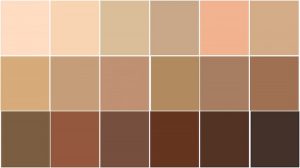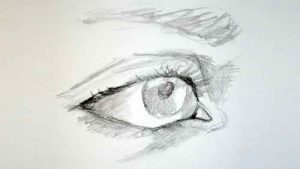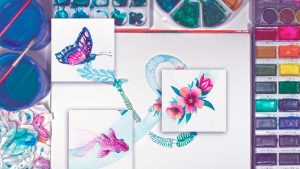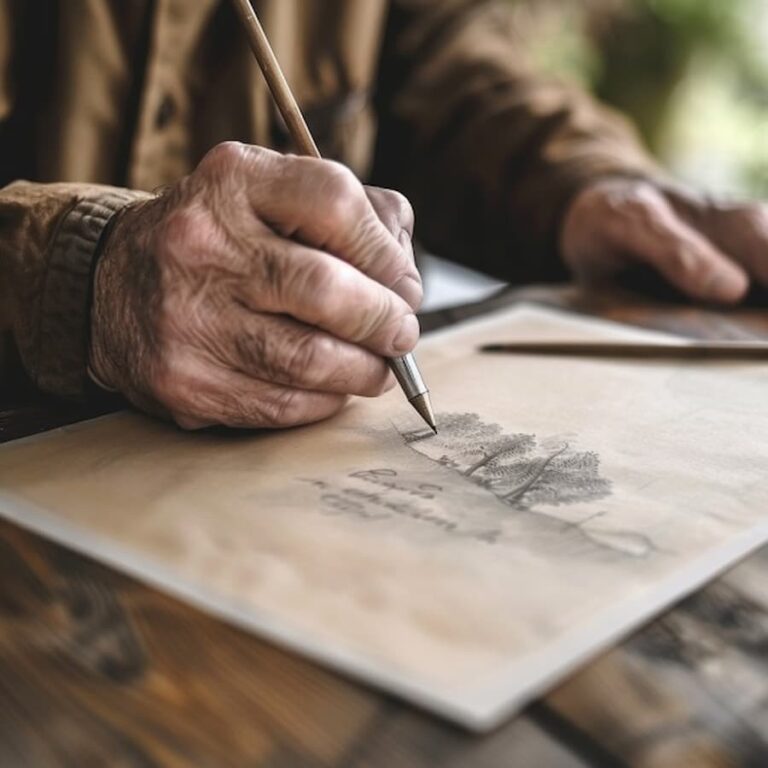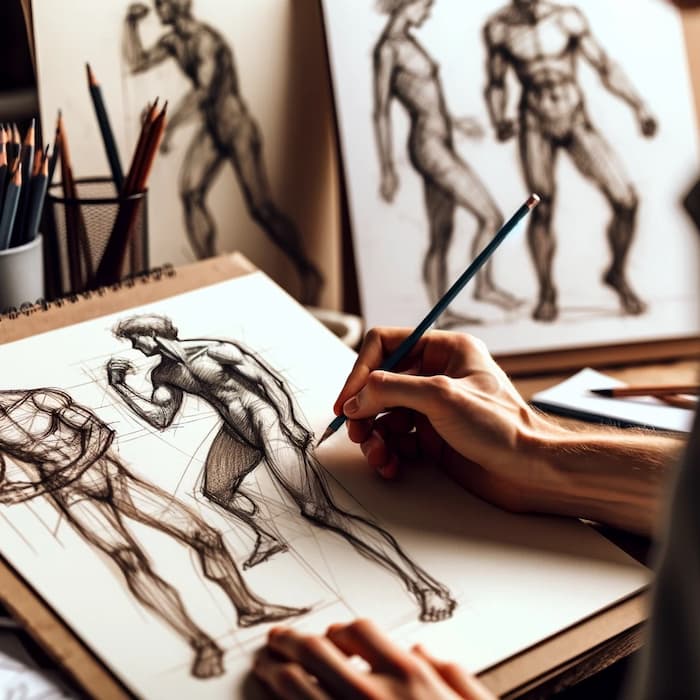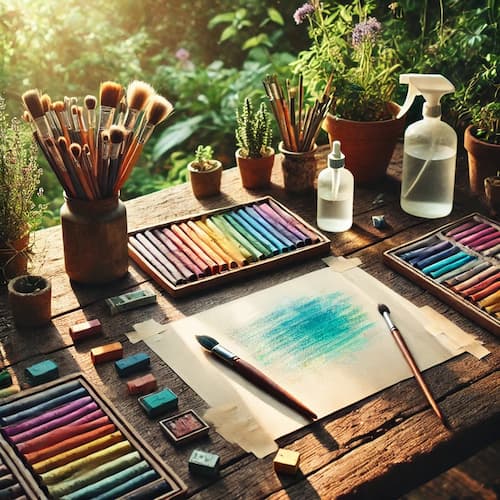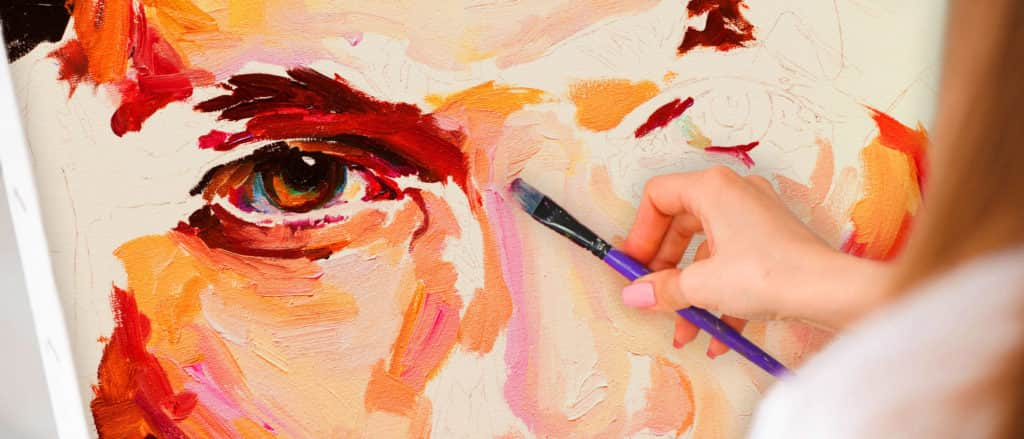We recently did an article to show you how to remove oil paint stains from clothing and some of you wondered how to remove acrylic paint stains.
Therefore, we have decided to go a step further and tell you not only how to clean your garments properly, but also how to wash your painting utensils correctly. We will also discuss some of the history of this material and tell you who are some of the best known artists who used acrylic paint in their work. I’m sure they look familiar…
Now, artenauta, let’s get to know a little more about this ally in your journey as artists!
Acrylic paint, what is it?
Acrylic paint began to be used in the second half of the twentieth century, so, as it is a material that has been used recently, we are not yet sure how the works made with this paint will end up over time.
However, as it is a polymer-based paint -i.e. plastic-, we understand that a work made with acrylic paint will hold up very well over time. However, we will have to wait a few years to see if there is any deterioration or significant wear in the creations of Pollock, Warhol and other artists who used acrylic paint in their masterpieces…
Acrylics are ideal for quick jobs that do not require too much correction, as it is a fast drying paint. In addition, acrylic paint does not give off odors and is cleaner than oil paint. However, since accidents can always happen in your studio, it never hurts to take precautions. So let’s see how to clean acrylic paint.
Cleaning acrylic paint
The utensils that have come into contact with this type of paint are quite easy to clean. Because its solvent is water, we use soap and water to clean the tools (brushes, spatulas, etc.). Of course, you should always avoid at all costs that the paint dries, as it will be very difficult to remove in its dry state, especially on fabrics. More about this later…
In any case, if for any reason it dries out, you should take into account that you could use a nitrocellulose or a universal solvent. In any case, it is best to try not to abuse these solvents, so it is always better to clean the materials once you finish each session.
What materials to use when working with acrylic paint?
As mentioned above, you should wash the tools you have used with soap and water, so it is always advisable to use plastic materials to prevent the wood from expanding. In this regardNote that any non-porous surface can serve as a palette, so when working with these pigments you could use, for example, a sealed wooden palette or explore other materials. That said, if you wash and dry all tools thoroughly, they should not be damaged.
However, remember that, as it is a quick-drying paint, you must put in the palette what is necessary to avoid wasting paint… You know that we always insist that you try to save money and take care of your artistic allies, so it will certainly be worth the time invested in this cleaning.
How to remove acrylic paint stains from clothing?
While it is true that it is very easy to remove from materials, acrylic paint is very difficult to remove from fabrics (clothing). This happens because it solidifies when the water evaporates and forms a plastic film that mixes with the fibers of the clothing. You should never let it dry completely; so, as acrylic is a fast drying material whether it is acrylic wood paint, water based acrylic paint or any other you will need to take care of the stain immediately.
We also find acrylic paint that is already prepared for easy cleaning.
We tell you some home remedies to remove paint and teach you how to remove paint stains from clothes.
However, we know that there can be times when artists are so involved in your creation that they end up not noticing the stain until it is already dry, when it is too late. If this happens to you, don’t write off your garment as lost, as you can follow these tips. Of course, as we often repeat, keep in mind that each material is unique, so we advise you to verify what each garment to be treated is made of, checking its labels to make sure that none of the following steps will damage it:
Method 1:
- Use the edge of a piece of cutlery or a sharp-edged instrument to remove the excess without spreading the paint stain.
- Whenever the garment allows it, pour cleaning alcohol over the area and proceed to scrape the fabric to remove pigment residues and remove the paint from the garment.
- Repeat the process as many times as needed.
- Wash the garment normally
Method 2:
- Get rid of excess paint with a sharp instrument without spreading the stain.
- Prepare a mixture of equal parts white vinegar and ammonia and a little salt, and apply gently with a clean cloth on the paint stains with small touches.
- Rinse with clean water and repeat the process as many times as needed.
- Wash the garment normally.
Here are our tips when working with acrylic paint
Beyond the care of the materials and techniques that we teach you in the Beginners + Advanced Artistic Painting Course, the important thing is that this material allows you to give free rein to your imagination. After all, who knows? You may one day become the next Warhol or Pollock and quickly learn how to make your first abstract acrylic paintings or landscape with acrylic paints or even abstract acrylic paintings .
Now you know a little more about acrylic paint and youcan make your first crafts. We hope you liked it.
And if you want to know more feel free to sign up. 🥇 our courses🥇 .




